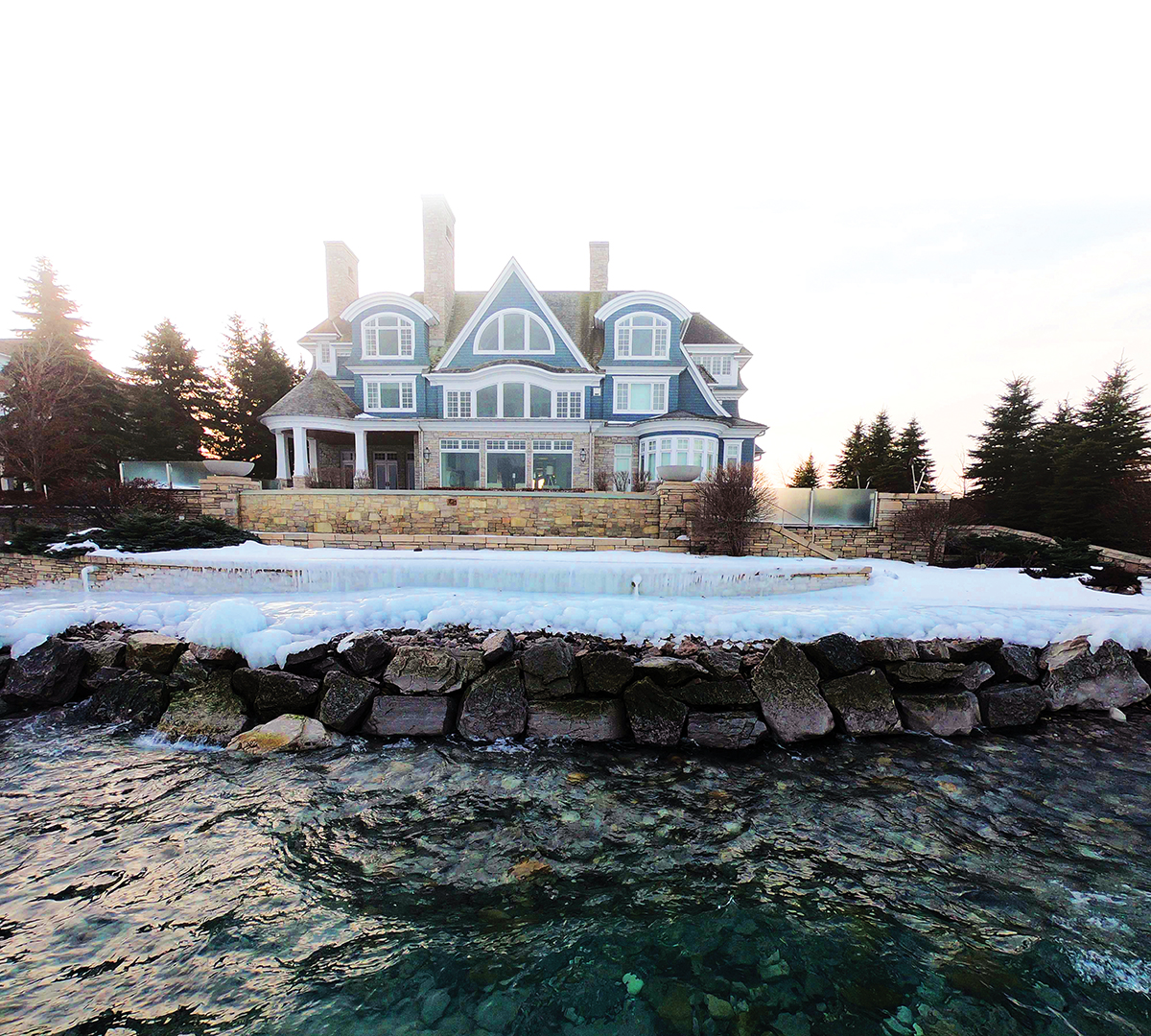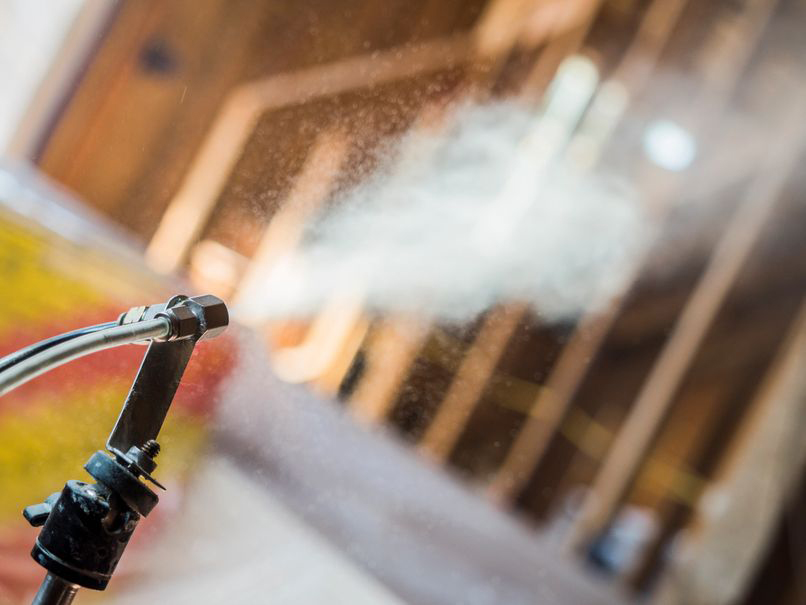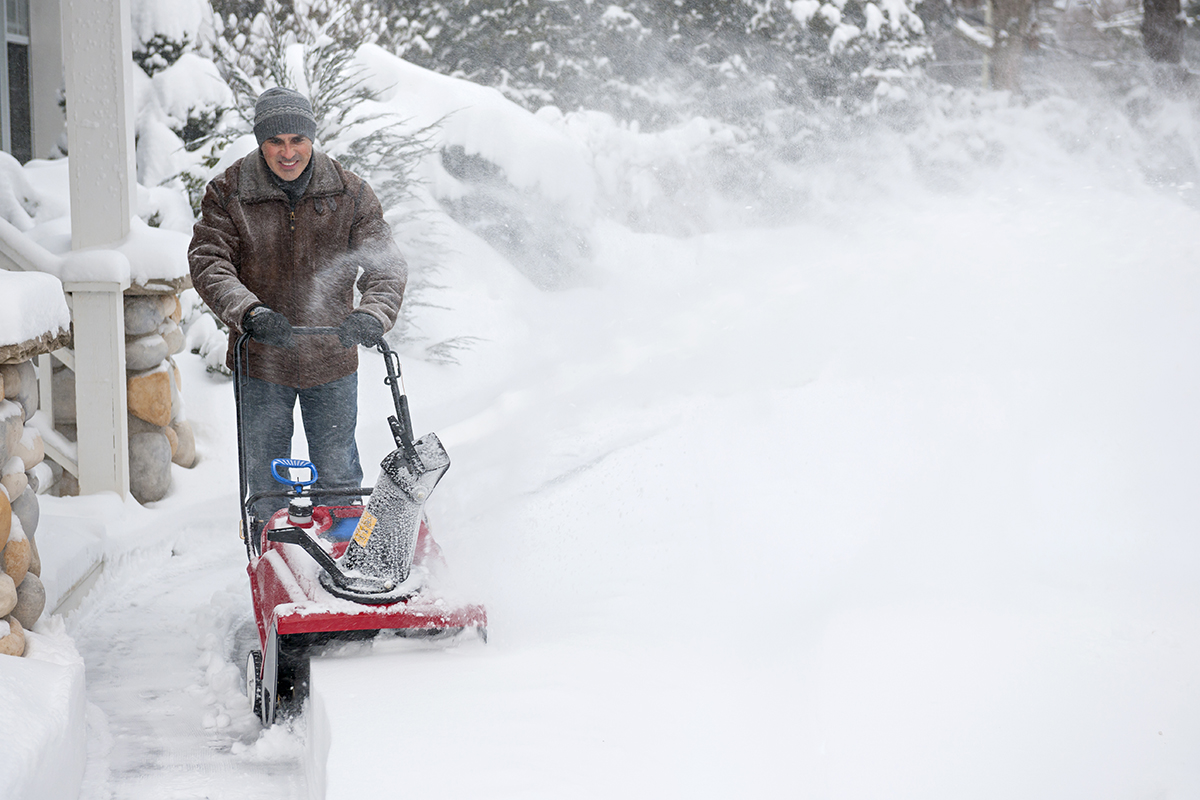WRITER | SCOTT PHILP
PHOTO | LANDSCAPE LOGIC
What some had hoped would be a temporary reality appears to be a new normal for the near future. Since 2013, with its record lows for the Great Lakes, expansive beaches, lake-bottom vegetation, and dangerously shallow marinas and coastal areas, lake levels have been on the rise – and it appears they will not be receding anytime soon. Forecasts for the region in 2020 show higher water levels than those experienced in 2019. We are seeing the highest water levels since 1986, and their effects are being felt by property owners, municipalities, state parks, and the general public in a big way.
There are many theories on what dictates the levels of the Great Lakes, but the US Army Corps of Engineers (USACE) and the Michigan Department of Environment, Great Lakes, and Energy (EGLE) state that they reflect a balance of precipitation, runoff, and evaporation. Heavy spring rains, summer storms, and cold winters that cover the Great Lakes with ice and limit evaporation are all key players in our presently rising lake levels. Historically, water levels in the Great Lakes are very cyclical, with cycles lasting a few years to 20 years or more.
Fortunately, coastal property owners do have options for protecting their property as they plan for the future. Methods range from temporary solutions to permanent options, and each approach has its costs and benefits.
Sandbags are a very temporary solution. They are inexpensive, effective in certain applications of minimal wave energy, and can be removed when lake levels recede.
Coir logs are another temporary solution for minimal wave energy. These rope structures are filled with tightly packed coconut hulls and provide a great deal of protection for 3-5 years. They can be purchased in a few different diameters based on application and work best installed along an embankment. Coir logs are also relatively inexpensive but are not effective if lake levels rise above their tops.
Stone is the most permanent solution to shoreline stabilization. When material sized appropriately for lake energy is installed properly, this approach will yield decades of protection for property owners. Additional key design element considerations for stone shoreline protection is “batter” (slope of the wall), footing construction, material selection, and access. Every site is unique and requires a comprehensive understanding of all elements of construction for a project to be successful.
Shoreline stabilization permits in Michigan are handled through a joint-permit process under the MiWaters online system. An application is submitted to both the USACE and EGLE for review. Their jurisdiction starts at the recognized Ordinary High-Water Mark (OHWM), and applicants submit a comprehensive plan for their project to include property location, information on the scope of work, and detailed drawings of the proposed work. Typically, permits are processed in 60-90 days for a project falling under the category of a “minor permit.” Projects over the scope of a minor permit are put to public notice and require an additional 20 processing days for surrounding property owners and applicable local environmental groups to comment on the proposed project.
In addition to the joint USACE/EGLE permit, property owners will need a soil erosion permit from their local county and may also need a zoning permit if their township zoning ordinance mandates that work within a shoreline greenbelt requires further review by township officials.
The first step for homeowners wishing to protect their shoreline may be to contact a reputable design/permitting firm. These firms can provide a site-specific design that will fall within parameters allowed by the appropriate governing bodies for their location. They can also locate reputable contractors to assist in the installation of the project. Another excellent solution is to work with a design/build firm that specializes in a seamless design, permit, and installation process that executes the project as a whole, without client oversight.
Looking to the future, homeowners should plan for more fluctuation in lake levels than we have seen in the past. A good resource for additional Great Lakes shoreline information is Michigan.gov/highwater. This site provides an array of information as well as a very informative prerecorded webinar on the topic of shoreline preservation in the region.
MiWaters online permit application system: MiWaters.deq.state.mi.us/








